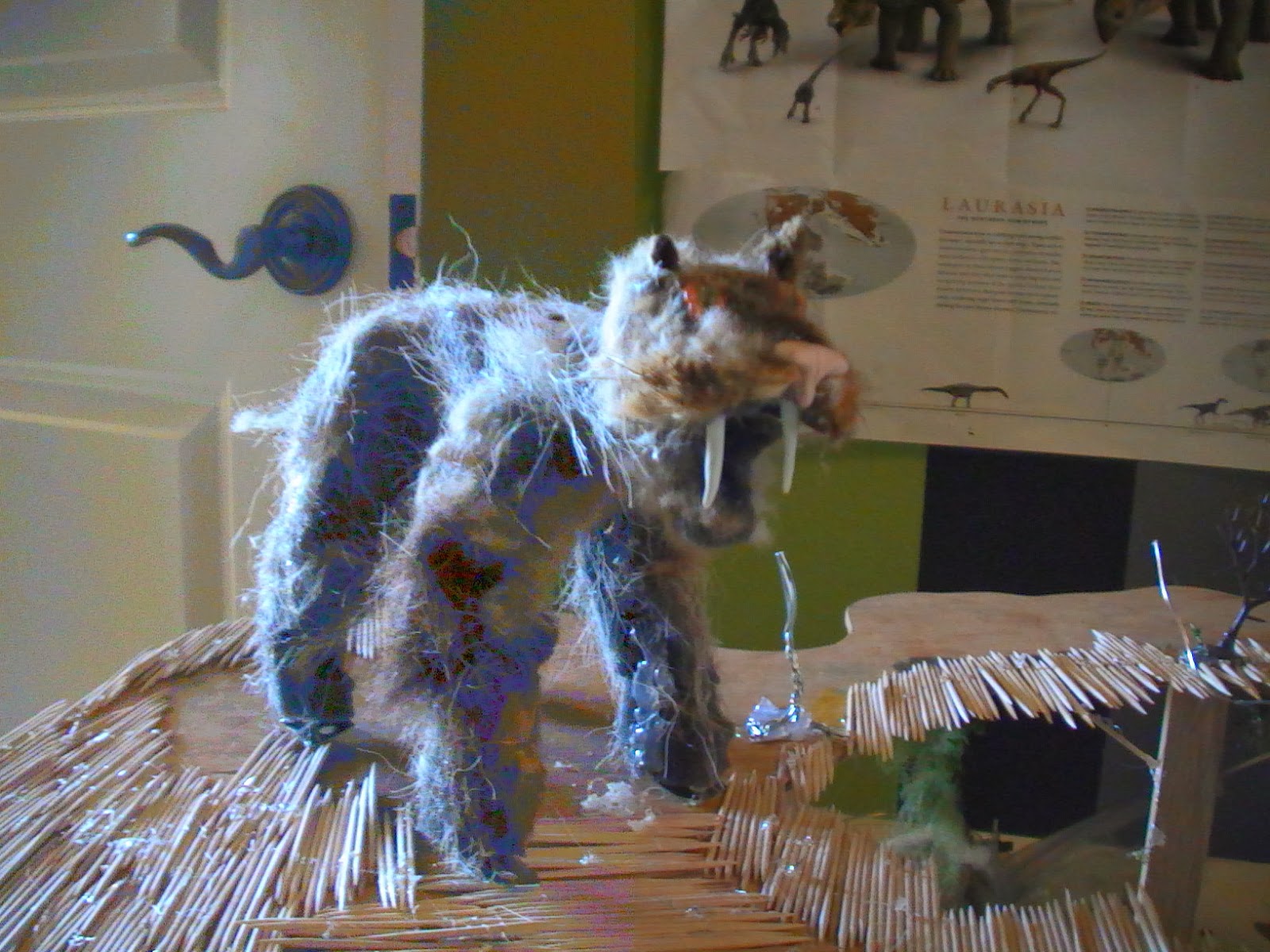Stop motion animation is a technique that has been in the movie buissness for a century. Nobody knows who invented it, but the basics are the same: moving a model on a set between one frame at a time, and it will simulate movement. The technique has been used everywhere, from children's cartoons to special effects, from advertisements to lego films. Whether you want to make a dinosaur, a clay dog, a singing raisin or a lego man, stop motion can make it move. And, unlike CGI, you don't need tons of software to make your vision come to life. Anyone, with a camera and a computer program can do it. Currently, I'm just going to cover how to make characters, like monsters or dinosaurs, as opposed to lego films or cartoons. Here's how:
First, you need some sort of program that does stop motion, and a camera. For early reels, a strongly suggest expeirimenting with plasticine first. Plasticine is a special clay that doesn't dry, so you can make simple films with it (however, it is advised to keep it in cool temperatures, plasticine melts in heat.) Try making simple characters or balls of clay that come to life, grow limbs and walk away. Don't try stories yet until you're sure you can achieve it. You can even make eyes with sculpey clay, a bakeable clay. I don't suggest using it for teeth or claws, unless you're sure you can achieve it. for eyes, make simple balls of sculpey clay, bake them, embed them into the clay character, and put a beady clay dot for a pupil on the eye. When the character moves his eye, simply move the pupil. In this stage, try making sets with wood floors, painted backdrops and fake vegatation. This stage teaches you patience, sculpting skills, and the ability to move something an centimeter at a time.
Second, if you're confident in you're sculpting and animating skills, you can build a model. Models are more complex and expensive to make than clay characters, but more rewarding. Model characters are used more for monster movies, like King Kong or The Beast from 20,000 fathoms, or cartoon characters. Unlike clay characters, models will stay rigid until you move it, and can walk. First, you start with the armature, a metal skeleton that hold up your creature. For this stage, use certain kinds of unbreakable wire, or erector set pieces with lock-nuts for joints. For wire joints, coat certain areas in expoxxy putty or glue for parts you don't want to move, like an actual skeleton. For a character, I suggest making wire arms, tails, and necks, for wire, while hard to move, is more free then joints. Make the legs joints. Tighten the lock-nuts on the joints, so wile it can hold up the body, it can still move. For the feet, cut off plumber's tape and glue it to the feet, so one hole sticks out to the side of the foot. Do not cover that hole at any cost.
Third, glue air conditioning foam over the armature, then carving it into the shape of your creature with scissors. Add sculpey eyes, teeth, and claws.
Then, spread out a sheet of tinfoil, and coat it with a thick layer of vaseline. Then, pour liquid latex over the tinfoil (BEWARE! Liquid latex contains ammonia when in liquid form! Do not touch or sniff!) Put the latex in room temperature. When it's dry in a couple of days, it will turn tan. That's w3hen you know it's dry, and safe to touch and sniff. Peel the latex off, and wipe off the vaseline. Then, proceed to glue and wrap the non-vaseline side over the model, gluing, cutting, and wrapping it. Cut holes in the skin for your creature's eyes. Now, your model has skin. Then paint it with accrylics and you're done.
At last, take a table, and drill holes through it. That way, you can bolt your creature down to the table, through the holes in it's feet, then remove them when it lifts a foot. This keeps your creature standing. Put a backdrop behind him and you're done. You can animate.
NOTE: Do not expect the model to be perfect. It took me three years to make a creature like Ray, and my first working puppett, O'bie, I worked on for a year and he still can't move well. Don't worry, once you can make a good model, you will soon be cranking out creatures every week. Keep fixing and revising, and visiting other websites for more advice, and you will get it. Just don't get frustrated, don't get mad, and keep working, and you will become a great stop motion animator.







































